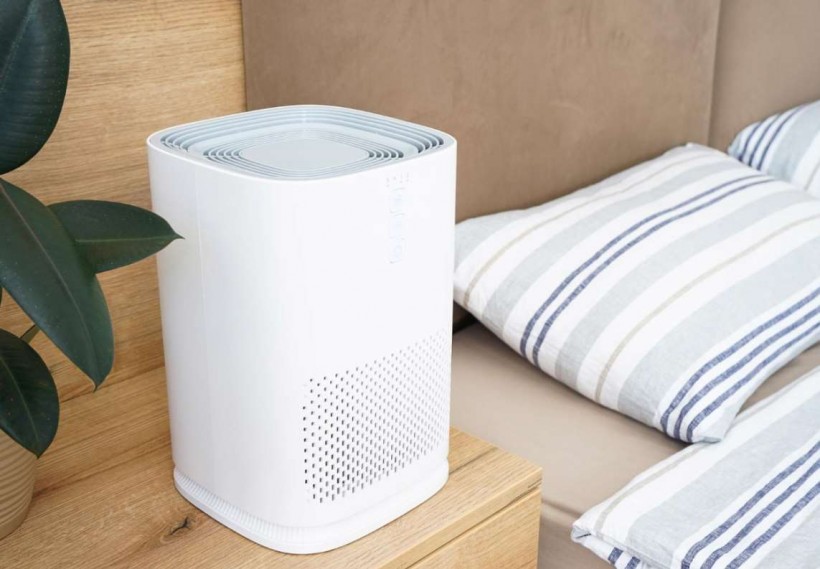How to Breathe Easier in Your Home
Warning: Undefined variable $post in /home/dietofli/public_html/wp-content/plugins/code-snippets/php/snippet-ops.php(582) : eval()'d code on line 3
Warning: Attempt to read property "ID" on null in /home/dietofli/public_html/wp-content/plugins/code-snippets/php/snippet-ops.php(582) : eval()'d code on line 3
The estimated reading time is 3 minutes
Warning: Undefined variable $post in /home/dietofli/public_html/wp-content/plugins/oxygen/component-framework/components/classes/code-block.class.php(115) : eval()'d code on line 3
Warning: Attempt to read property "ID" on null in /home/dietofli/public_html/wp-content/plugins/oxygen/component-framework/components/classes/code-block.class.php(115) : eval()'d code on line 3

Along with pollution in our environment, volatile organic compounds (VOCs) in the air can make something as easy as breathing more difficult. People who suffer from asthma and allergies are especially impacted by the effects of VOCs. However, the slightest changes in an environment can make a big difference for our health. To help reduce the dangerous levels of VOCs in your home, explore the following tips below to promote easier breathing in your home.
Use Plants to Help Filter VOCs From Indoor Air
Plants are natural purifiers, and having plenty of them around your home can be a great, natural way to filter out VOCs from the environment. Remember to space them throughout your home to take advantage of their filtering abilities.
Create Proper Ventilation
Proper ventilation can be key to removing the stuffiness in a room and allowing VOCs to dissipate. Installing items such as trickle vents to cycle and purify the air you breathe can do wonders, but even opening doors and windows can go a long way toward promoting circulation and allowing fresh, clean air to come into a room.
Monitor Your Roof and Basement for Leaks
A leaking roof is one of the most common ways that dangerous mold and mildew can get into a home. To prevent mould and mildew from creeping in, homeowners should look for any signs of water damage. This monitoring means regular checkups on roofs, as well as basements and foundations, for any signs of damage throughout the year.
Dampness in a home environment alone is also enough to cause a higher rate of wheezing, coughing, and asthma-related symptoms. Don't wait until it is too late: Patch up leaking roofs and basements.
Switch to Using Natural Cleaning Products in the Home
We may not think about them all the time, but the chemical products that we use around our homes can have an impact on our health. Those chemicals, after dissipating into the air, often linger and can find their way back into our lungs.
To prevent these VOCs from causing damage to our bodies, consider making the switch to using more natural cleaning products. Of course, you'll want to be sure that you aren't allergic to any natural ingredients before you start using them regularly in your home.
Use Air Purifiers and Perform Routine HVAC System Maintenance
Natural cleaning methods are great ways to reduce VOCs in a home, but they aren't the only methods available to homeowners. Portable, high-quality air purifiers and routine HVAC system maintenance can go a long way toward reducing airborne chemicals. For the best results, homeowners should opt for a blend of natural and manmade resources to make sure that VOCs are kept to a minimum inside the home.
You can easily forget about the microscopic compounds around us, but minimizing these chemicals is key to living a healthy life. With the tips above, you can create a more breathable living space for you and your loved ones.














